World AIDS Day is coming up on Dec. 1. This deadly disease affects millions of people and many of the communities and children we serve around the globe. And it’s not alone.
Test your knowledge of the health issues and medical conditions confronting children living in poverty.
Which disease is the biggest killer of children under 5?
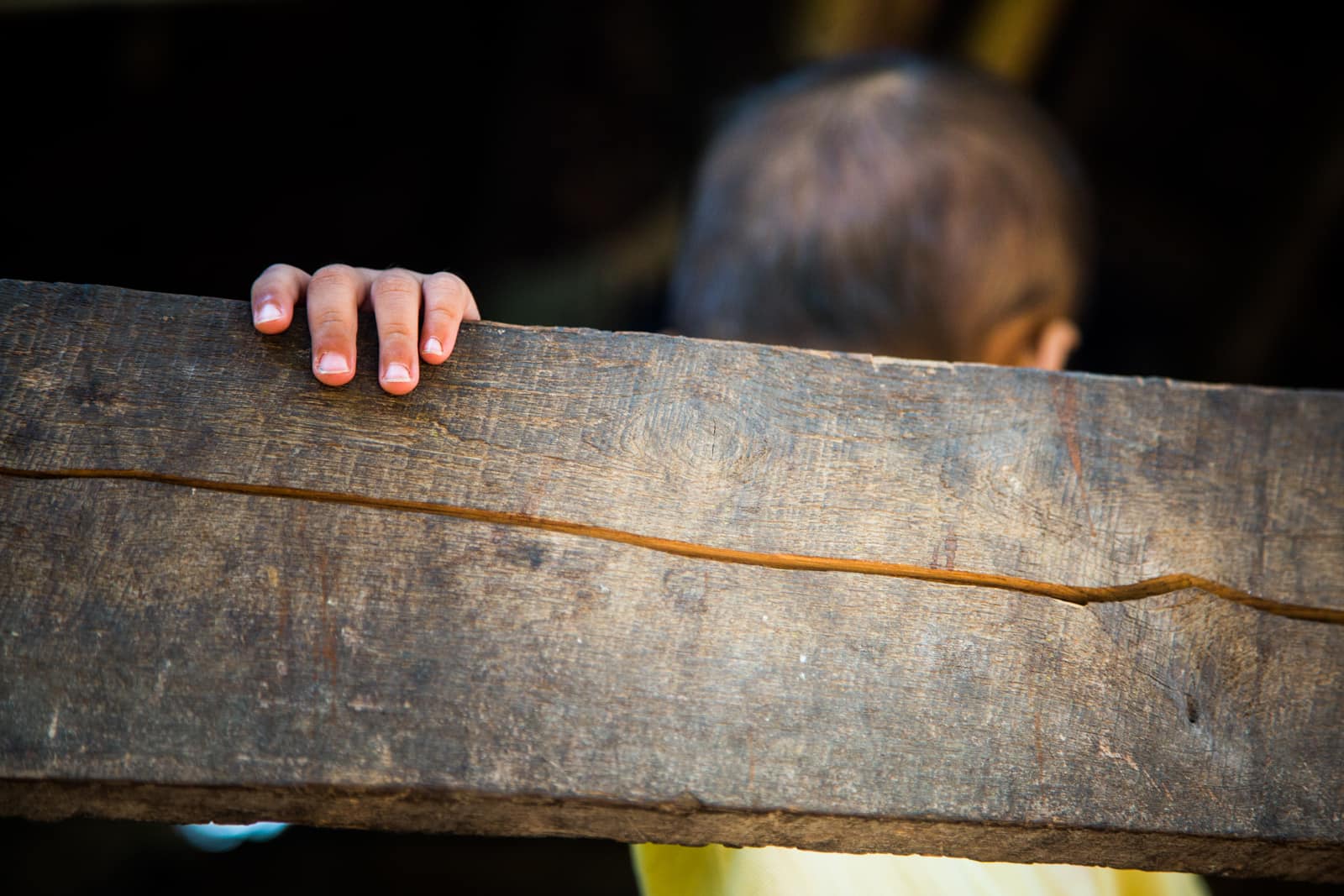
Pneumonia. Described as “the forgotten killer,” pneumonia is the largest infectious cause of death in children worldwide. More children die from pneumonia then malaria, AIDS and measles combined. The good news is pneumonia is easily treatable with inexpensive antibiotics.
Source: WHO
What percentage of child deaths are linked to malnutrition?
Just under half of all child deaths - 45 percent - are linked to malnutrition. Being undernourished puts kids at a greater risk of dying from common infections like diarrhea. It means they fall seriously ill more often and take longer to recover.
Source: WHO
What is the leading cause of malnutrition in kids under 5?
It’s not lack of food, but diarrheal disease that’s the leading cause of malnutrition in young children. Diarrhea isn’t a serious condition in more developed nations, yet globally it is the second biggest cause of death in children under five. Poor sanitation and unsafe drinking water are the biggest contributors. It’s a vicious cycle: Diarrhea can cause malnutrition, and malnutrition makes kids more vulnerable to future cases of diarrhea.
Source: WHO
Which country has only 30 doctors per 1 million people?
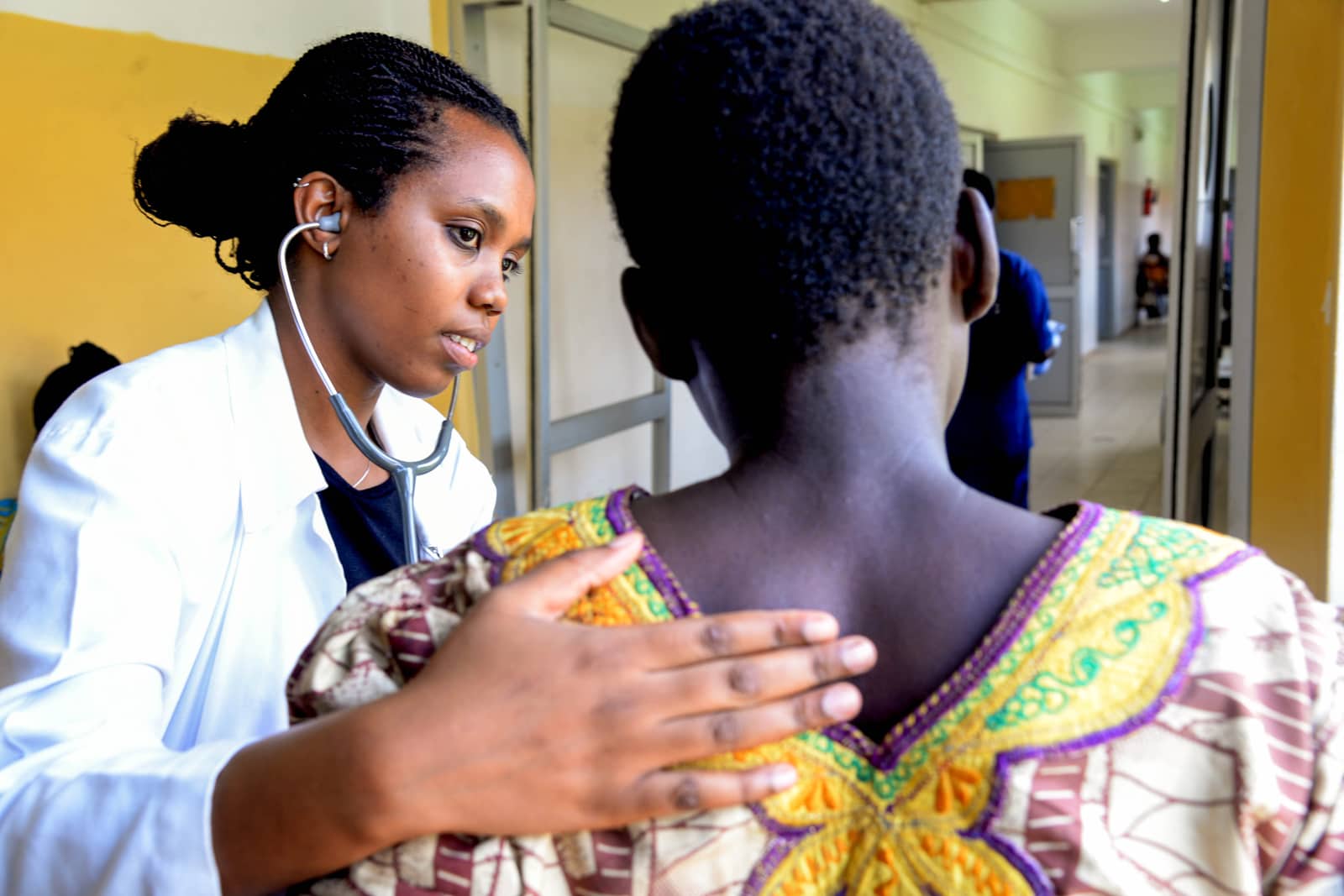
Tanzania has only 30 doctors per 1 million people. Togo and Burkina Faso fare only slightly better at 50 doctors per 1 million people. In the U.S., the same statistic is 2,550 per 1 million. The health worker shortage in sub-Saharan Africa means children in rural and regional areas struggle to access health care.
Source: The World Factbook
What percentage of the world’s population lack access to existing medicines?
Just under a third of the world’s population don’t have access to existing medicines, with the number rising to 50 percent in the poorest parts of Asia and Africa. This means that 10 million children die unnecessarily each year from treatable diseases like diarrhea, measles, malaria and sickness related to malnutrition.
Source: WHO
What are the three biggest poverty-related diseases?
These diseases are not common in more developed countries, yet HIV/AIDS, malaria and tuberculosis account for nearly 18 percent of all diseases in the world’s poorest countries. Each one is treatable, yet millions of people die each year because they can’t afford medical care.
Source: WHO
Which is NOT a mosquito-borne disease?

Ebola is transmitted to humans from wild animals, then spreads through human-to-human transmission. Malaria and dengue fever are transmitted by mosquitoes. Together, they are responsible for millions of deaths each year.
Source: WHO
Which illness is known as ‘the disease of poverty’?
Tuberculosis. Around 95 percent of new cases of tuberculosis (TB) are in the developing world. The risk of contracting TB is associated with malnutrition, overcrowding, poor air circulation and poor sanitation: All are found in impoverished communities. It is the leading cause of death among people living with HIV. Around one in three AIDS-related deaths are caused by TB.
Source: UNAIDS
Out of the 36.7 million people living with HIV, how many of them are children?
Globally, 2.1 million children are living with HIV. The good news is that the number of new HIV infections in children under the age of 14 has dropped by 47 percent since 2010. This is due to a combination of factors like increases in HIV testing, AIDS prevention education and access to antiretroviral therapy (ART), specifically for pregnant women. Unfortunately, only 43 percent of children living with HIV have access to ART.
Source: UNAIDS
How many times were Compassion’s HIV and Medical funds accessed last year?
Last financial year, our HIV and Medical funds were accessed close to 700,000 times by children in our programs and their families. It is a lifeline to children facing ongoing sickness, pain and even death. Whether it’s a critical illness, an accident or an infection, your gifts have helped stop the suffering of a child in poverty. Thank you!
Learn more about how you can support the health of the children and families we serve!
A version of this quiz first appeared on the Compassion Australia Blog.
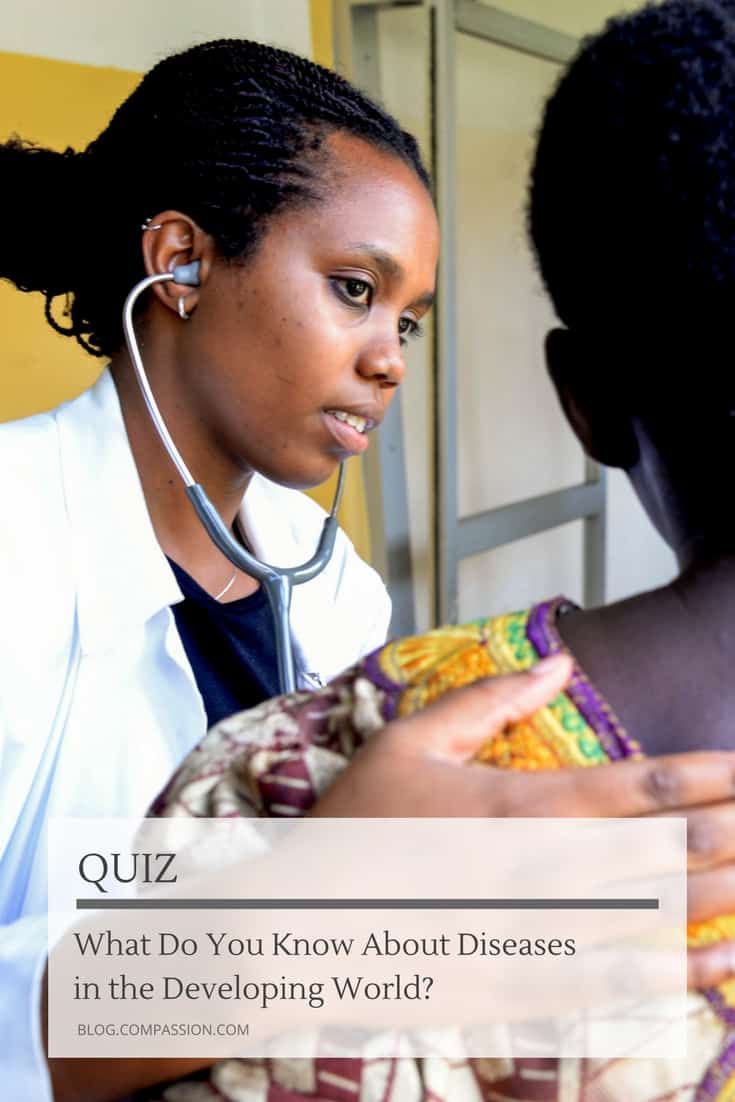

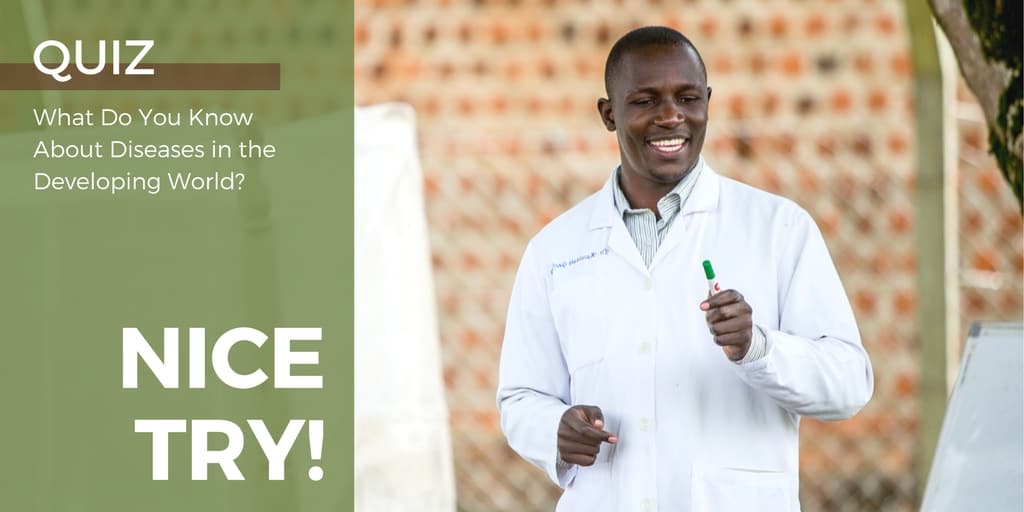

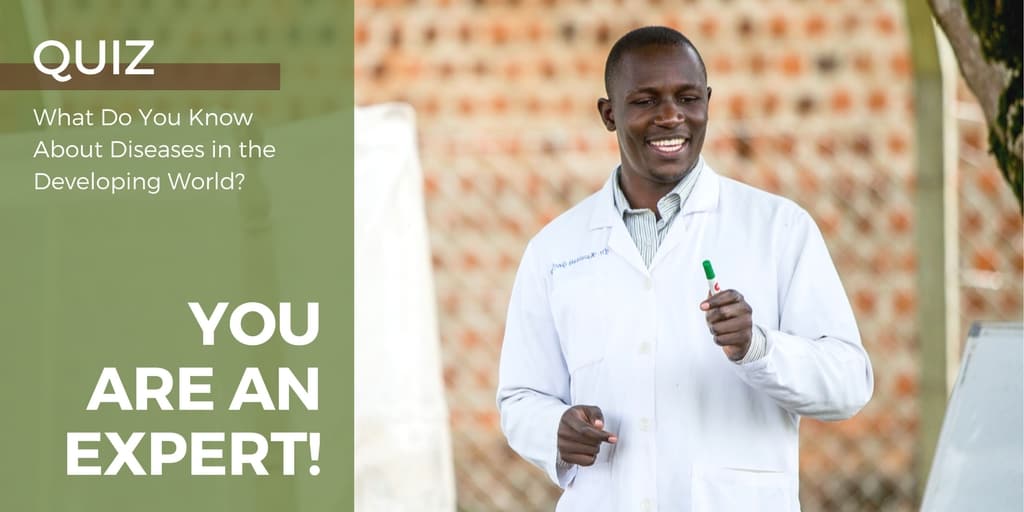


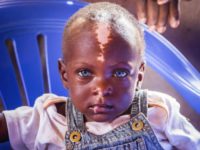



1 Comment |Add a comment
Iam really interested in each question